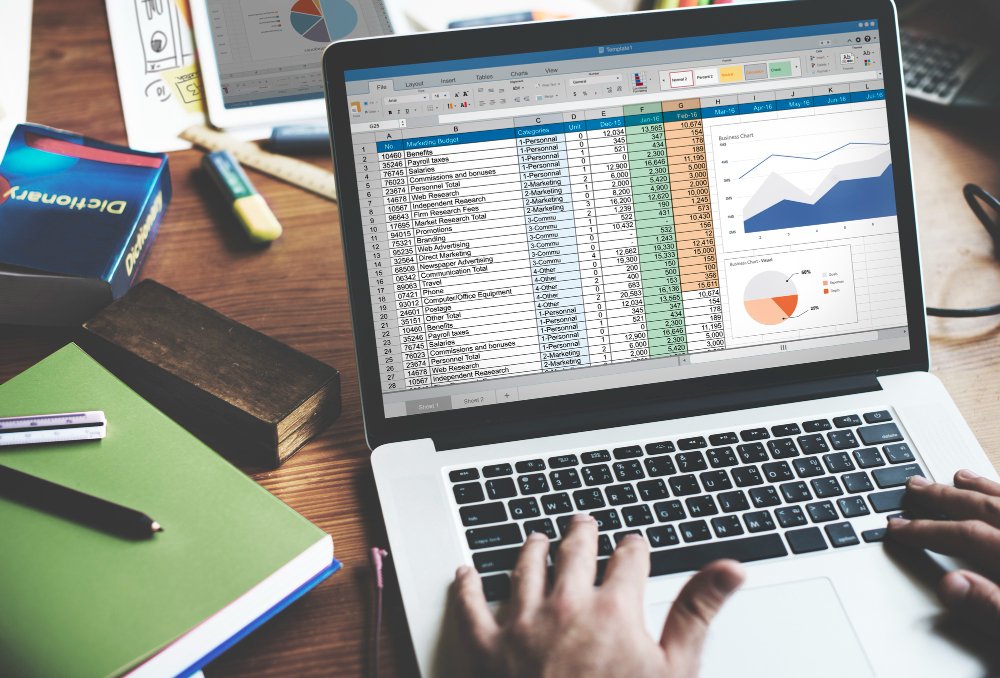Elevate Your Success
Optimize your Marketing Approach with a High-Impact, Professional Website.
- +1 (949) 201-0492
- contactus@mktbrains.com

Our data-driven price optimization strategy leverages advanced analytics and machine learning to analyze historical pricing data, market trends, and customer behavior. By identifying price elasticity and customer willingness to pay, we implement dynamic pricing models that adjust to market conditions and consumer demand.
- Data Collection & Integration
- Product Matching Technology
- Competitor Pricing Updates
- Dynamic Pricing Strategy Development
Data Collection & Integration

- Gather diverse data from sales records, customer behavior, and market insights
- Integrate structured and unstructured data to provide a comprehensive view of pricing factors
- Ensure data accuracy through diligent cleaning and management
Product Matching Technology
- Monitor similar products in the market using our product matching technologies
- Identify pricing trends and competitive dynamics to inform pricing strategies
- Utilize surveys and A/B testing to gain insights into customer willingness to pay

Competitor Pricing Updates

- Regularly obtain updated product pricing from competitors for timely adjustments
- Analyze pricing changes to identify opportunities for strategic adjustments
Dynamic Pricing Strategy Development
- Forecast pricing based on seasonality, demand fluctuations, competitor pricing, and inventory levels
- Implement pricing strategies that leverage seasonal trends for increased sales
- Ensure alignment with overall marketing goals and brand positioning

Frequently Asked Questions
Dynamic price optimization is a pricing strategy that adjusts prices in real-time based on market demand, competitor pricing, customer behavior, and other relevant factors, potentially resulting in a 5-20% increase in revenue.
Simply provide us with a list of the websites and products you want to monitor, along with your preferred frequency of price updates. Our AI-driven price monitoring engine will first match your selected products with the ones from the competitors, then run advanced forecasting algorithms to accurately predict demand, and finally use statistical analysis to evaluate competitor’s pricing strategies, ensuring you to stay competitive in the market.
The recommended frequency of price monitoring can vary depending on the industry, market dynamics and business model. For online retailers, price monitoring should ideally be performed daily or weekly. For industries like travel, hospitality, and airline, real-time or hourly monitoring is often necessary. For products with seasonal demand, it can be beneficial to increase monitoring frequency during peak seasons to capitalize on changing consumer behavior.